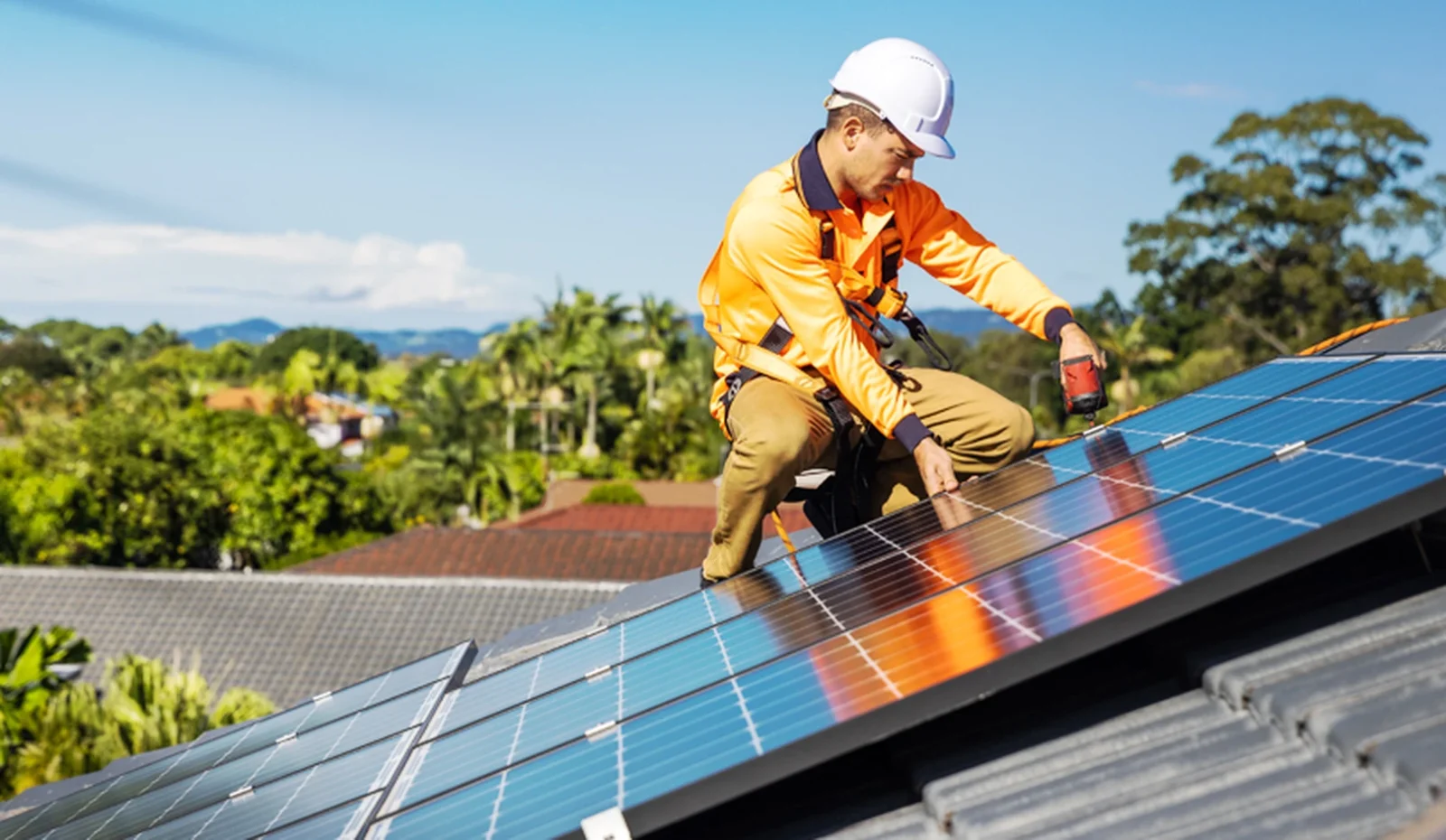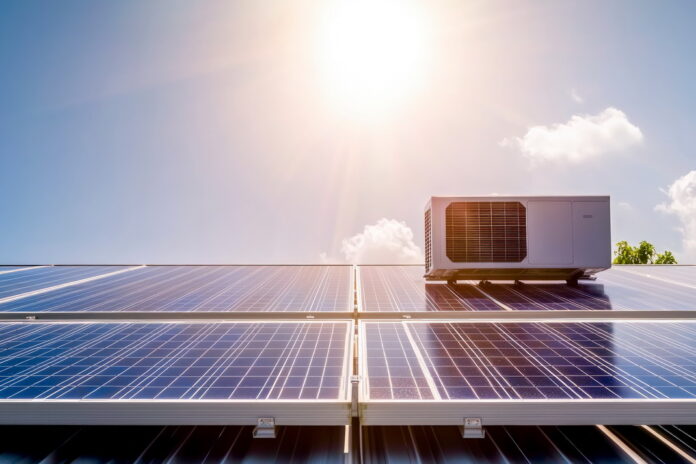With solar energy being at the forefront of the renewable power movement, it was only a matter of time before someone came up with the idea of solar-powered HVAC. The idea is fairly new in the U.S., and most people who invest in it use it primarily for cooling. Is it worth the investment?
It’s worth noting that while a solar-powered cooling system could run exclusively on energy from the sun, such a system wouldn’t be effective once the sun goes down. So in a place like Florida, where air conditioners run all night long at the peak of the summer, a solar-only system isn’t practical. Hybrid systems are the best way to go. But again, are they worth the investment?
How Solar-Powered HVAC Works
Salt Lake City, Utah’s Superior Water & Air explains that a solar-powered HVAC system works exactly the same way as a traditional system in terms of how it heats and cools your home. Sticking with air conditioning, a solar system could be a central air system relying on forced air technology to keep the home cool. Or it could be a mini-split system with individual units responsible for cooling designated zones.
The only real difference between solar and traditional air conditioning systems is the source of power. Virtually everything else remains the same.

Three Types of Solar Systems
None of the big-name HVAC manufacturers have gone all-in on solar yet. The market is currently made up of smaller brands that actually specialize in solar-powered HVAC. They generally offer three types of systems:
- Solar voltaic – Solar voltaic technology converts direct sunlight into DC power. Solar panels on a home’s roof generate the electricity needed to run the air conditioner.
- Solar thermal – Solar thermal technology converts energy from ultraviolet (UV) rays into heat. The heat is then transferred to a thermal liquid that can be used to power a compressor, a small generator, etc.
- Hybrid – A hybrid system combines one of the two solar technologies with grid power. When the solar system is not producing enough energy to power the AC, the system draws power from the grid.
Hybrid systems are made necessary by the fact that solar power is not 100% reliable. And right now, we simply do not have battery technology good enough to provide consistent energy when solar is not generating enough output. Connecting a solar-powered system to grid power is the only way out.

A Double Investment
whether solar-powered HVAC is worth the investment, the homeowner needs to consider all the costs involved. The first thing to understand is that putting in a new unit amounts to a double investment. You’re investing in a new central air conditioner or a group of mini-split units, complete with installation. But you’re also investing in a solar system.
This all points to one obvious conclusion: upfront costs are considerably higher with solar-powered systems. So the next big question is whether you make up for the extra costs through reduced energy consumption.
Most of the estimates I’ve found online suggest that homeowners with the best systems can save $40-$50 per month on average. Even though such savings would not be realized year-round in most regions of the country, let’s assume they are. You are talking about a maximum total savings of $600 annually.
A decade of savings would just about cover the cost of the solar panels and their associated equipment. That is about the time they will need to be replaced. So ultimately, you might not be saving any money at all. At best, you might break even.




